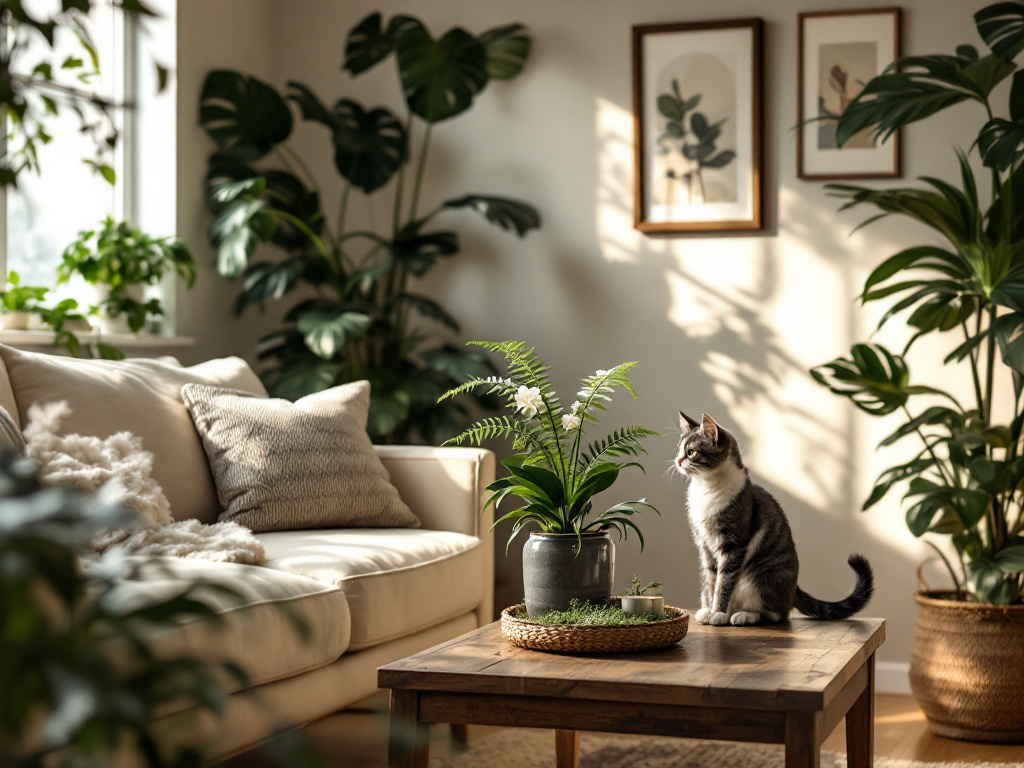
Introduction
Incorporating plants into your cat’s environment can significantly enhance their well-being. Plants not only improve air quality but also provide mental stimulation and physical benefits for your feline friend. Understanding the relationship between cats and plants is crucial for creating a harmonious and safe space for both.
Understanding Cats and Plants
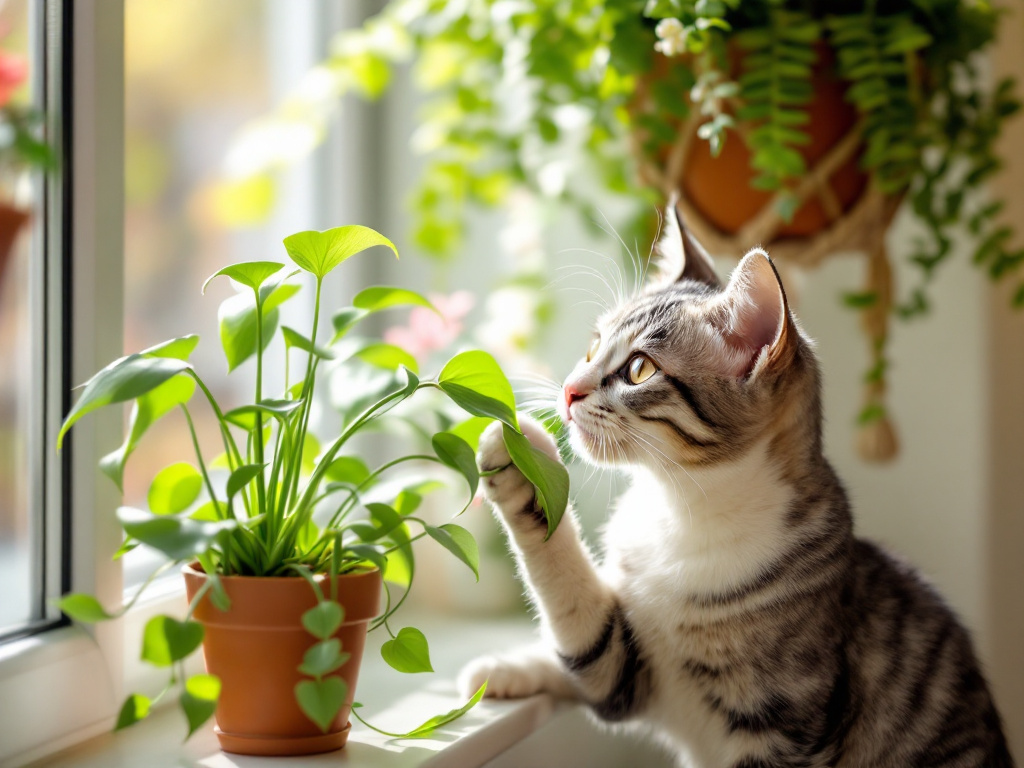
Cats are naturally curious creatures that enjoy exploring their surroundings. Introducing plants into their environment can satisfy their instinctual needs and provide a source of entertainment. However, it’s essential to choose cat-friendly plants that are non-toxic and beneficial. For a comprehensive list of safe and unsafe plants, refer to the ASPCA’s guide.
Benefits of Plants for Cats
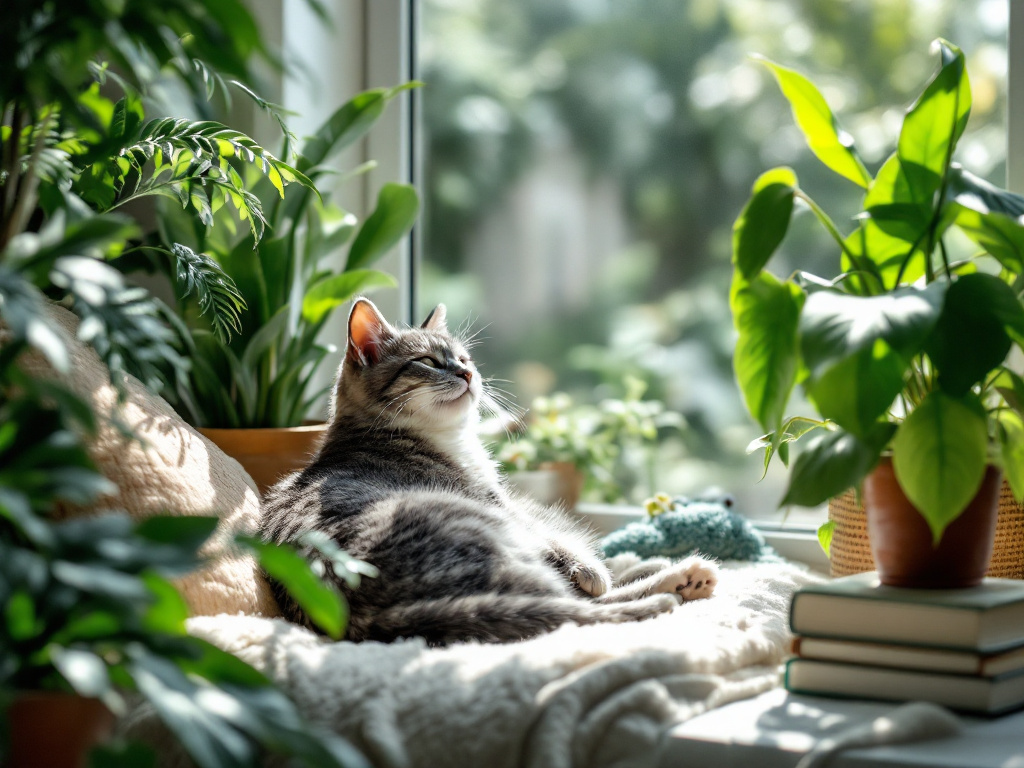
Plants offer numerous benefits for cats, including:
- Improved Air Quality: Plants can filter out harmful toxins, creating a healthier environment for your cat.
- Reduced Stress: The presence of greenery can have a calming effect on cats, reducing stress and anxiety.
- Mental Stimulation: Plants provide a source of curiosity and engagement, keeping your cat mentally active.
- Physical Health: Some plants, like cat grass, aid in digestion and provide essential nutrients.
For more insights into pet-friendly plants, explore Architectural Digest’s guide.
Creating a Cat-Friendly Garden
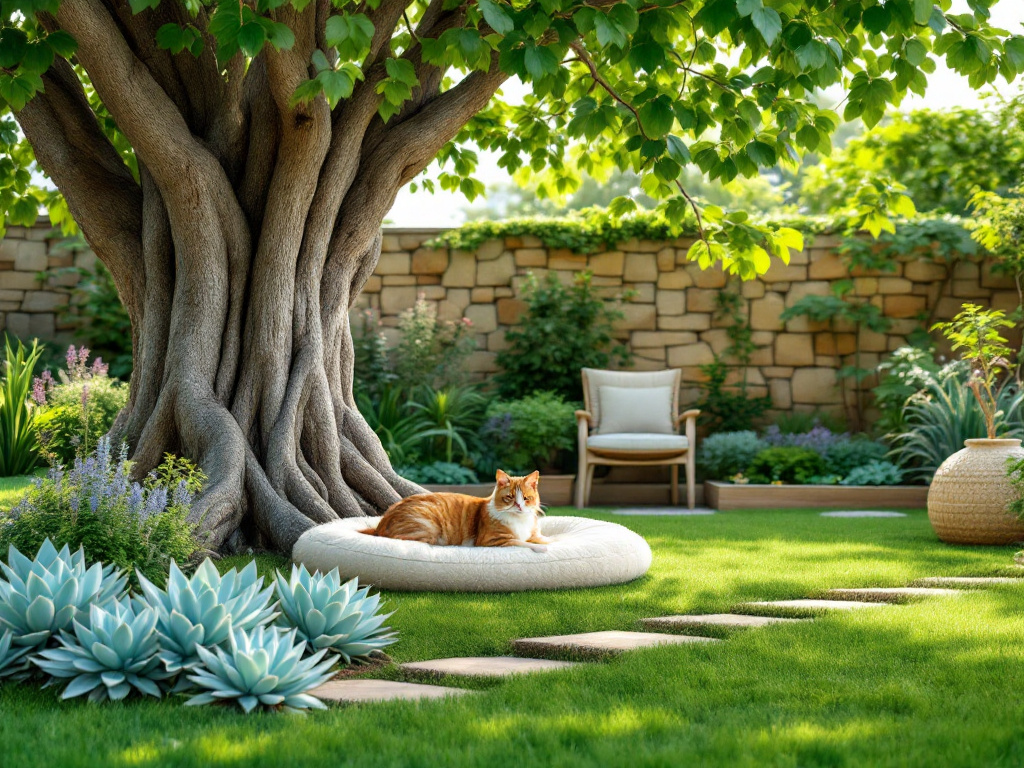
Designing an outdoor space that is safe and engaging for your cat involves careful plant selection and layout planning. Here are some tips:
- Choose non-toxic plants that are safe for cats to nibble on.
- Include a variety of textures and heights to create an interesting landscape.
- Provide shady spots for your cat to rest and hide.
- Ensure the garden is secure to prevent your cat from escaping.
For more garden design ideas, check out our guide on garden design for a sustainable home economy.
Top Cat-Friendly Plants
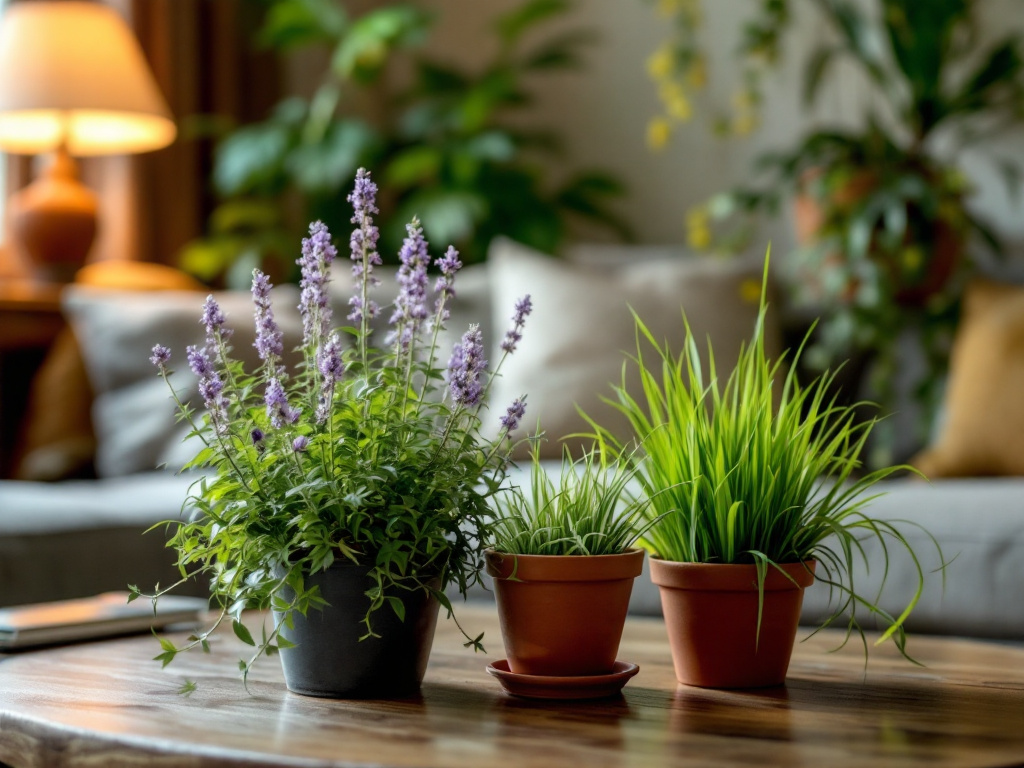
Some of the best plants for cats include:
- Catnip: Known for its stimulating effects on cats, catnip is a favorite among felines.
- Cat Grass: Provides fiber and aids in digestion.
- Spider Plant: Non-toxic and easy to grow, making it an excellent choice for cat owners.
- Lemongrass: Offers a mild stimulant effect and is safe for cats to chew on.
Plants to Avoid for Cat Safety
Certain plants are toxic to cats and should be avoided. Some of the most dangerous include:
- Lilies: Highly toxic and can cause kidney failure in cats.
- Poinsettias: Can cause irritation and vomiting if ingested.
- Azaleas: Contain toxins that can lead to severe health issues.
For a detailed list of plants poisonous to cats, visit Cats Protection’s guide.
How to Introduce Plants to Your Cat
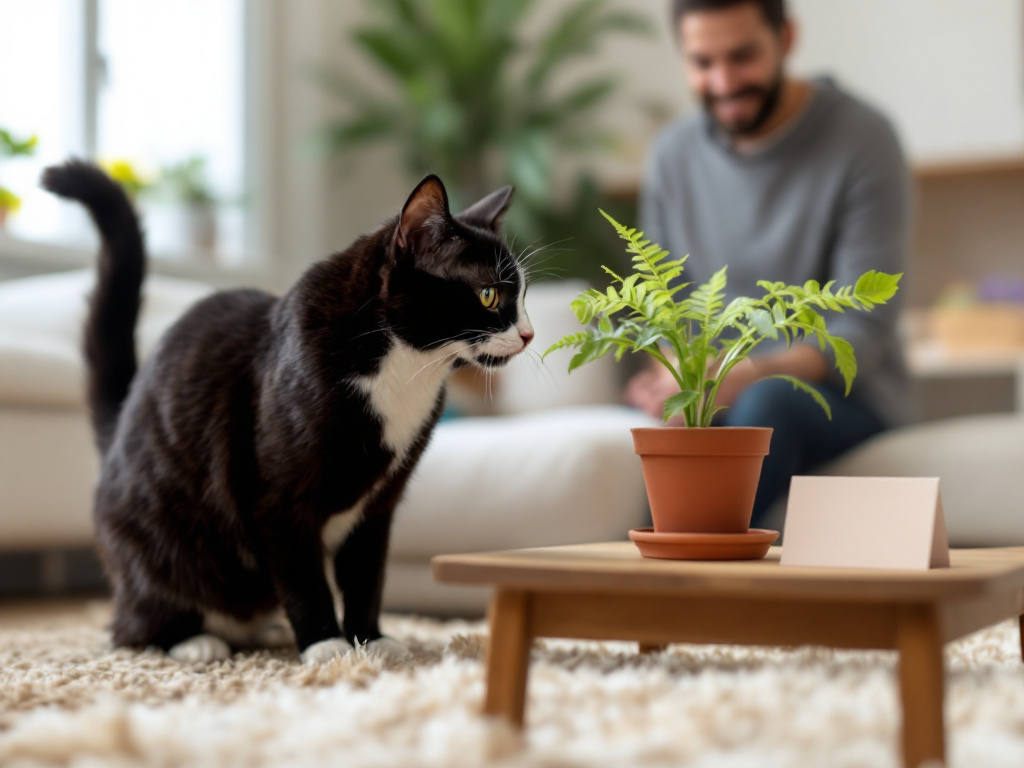
Introducing new plants to your cat should be done gradually to ensure a positive experience:
- Start with a small number of plants and observe your cat’s reaction.
- Place plants in areas where your cat can safely explore them.
- Monitor your cat’s interaction with the plants to ensure they are not showing signs of stress or discomfort.
FAQs
- Q: Are all plants safe for cats?
- A: No, some plants are toxic to cats and should be avoided. Always research a plant’s safety before introducing it to your cat.
- Q: Can plants help reduce stress in cats?
- A: Yes, plants can have a calming effect on cats and provide mental stimulation, reducing stress and anxiety.
- Q: How can I make my garden cat-friendly?
- A: Choose non-toxic plants, provide shady spots, and ensure the garden is secure to create a safe and engaging space for your cat.
Growing and Caring for Cat-Friendly Plants
Caring for cat-friendly plants involves:
- Ensuring they receive the right amount of light and water.
- Regularly checking for signs of pests or disease.
- Keeping plants out of reach if your cat shows excessive interest in chewing them.
For tips on maintaining a thriving garden, see our guide on tips for growing plants in a small garden.
DIY Cat-Friendly Plant Projects
Incorporate plants into your cat’s playtime with these DIY projects:
- Cat Grass Planter: Create a dedicated planter for cat grass, providing a safe and fun snack for your cat.
- Catnip Toy: Fill a small fabric pouch with catnip and sew it shut to create a stimulating toy.
Cat-Friendly Herbs
Herbs that are safe for cats include:
- Mint: Cats enjoy the scent and it’s non-toxic.
- Parsley: Provides a safe and tasty snack for your cat.
Cat Grass: Benefits and Care
Cat grass offers numerous benefits, including:
- Aiding in digestion and providing essential nutrients.
- Grow cat grass in a well-lit area and keep the soil moist for optimal growth.
Catnip: Uses and Care
Catnip is known for its stimulating effects on cats. To use and care for catnip:
- Provide catnip in moderation as a treat or in toys.
- Grow catnip in a sunny location and water regularly.
Training Your Cat with Plants
Use plants as a tool for training and enrichment:
- Reward your cat with a small piece of catnip or cat grass during training sessions.
- Create a positive association between plants and rewards to encourage interaction.
Conclusion
Incorporating plants into your cat’s environment offers numerous benefits for their physical and mental well-being. By choosing the right plants and introducing them safely, you can create a stimulating and healthy space for your feline friend. Explore the world of cat-friendly plants and enhance your cat’s life today.
For more ideas on creating a vibrant garden, explore our article on vibrant floral arrangements in modern outdoor decor.